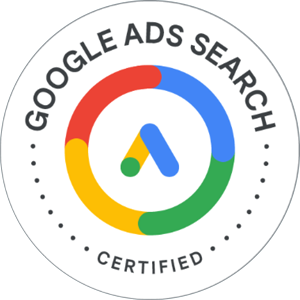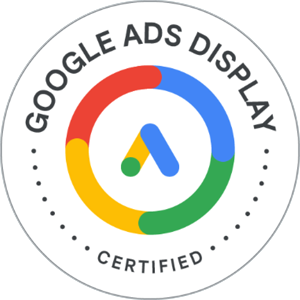In this guide, we’ll explore the concept of lead generation and how it can help your business attract and convert potential customers into paying ones.
We’ll cover key concepts such as defining your target audience, determining your lead generation goals, identifying the right channels, and creating valuable content. We’ll also discuss the importance of collecting and organizing leads and following up with them in a timely and personalized manner.
By the end of this guide, you’ll have a solid understanding of how to develop and implement a lead generation strategy that will help you grow your business. Here are some key points to consider when developing a lead generation strategy:
- Define your target audience: In order to generate leads effectively, you need to know who you are targeting. Consider factors such as age, location, income level, interests, and purchasing behavior. By doing so, you identify their desires and pain points which your product or service can solve for them.
- Determine your lead generation goals: What do you want to achieve with your lead generation efforts? Do you want to increase brand awareness, generate more sales, or both? Setting specific goals will help you focus your efforts and measure your success.
- Identify the right channels: There are many different ways to generate leads, including social media, email marketing, content marketing, and paid advertising. Consider which channels will be most effective for reaching your target audience and achieving your goals.
- Create valuable content: In order to attract potential customers, you need to provide them with valuable and informative content that addresses their needs and interests. This could include blog posts, ebooks, webinars, or other resources.
- Use lead magnets: A lead magnet is a piece of content or offer that is designed to entice potential customers to provide their contact information in exchange for something of value. Lead magnets could include free trials, demos, or cheatsheets. The lead magnets engage and compel potential leads to purchase your product or service.
- Collect and organize leads: Once you have attracted potential customers, you need a way to collect and organize their contact information. This could be through a form on your website, a landing page, or a sign-up sheet at an event.
- Follow up with leads: After you have collected leads, it’s important to follow up with them in a timely and personalized manner. This could include sending emails, making phone calls, or sending direct mail.
In conclusion, lead generation is a crucial part of any marketing and sales strategy. By identifying and cultivating potential customers for your business, you can effectively attract and convert them into paying ones. To develop a successful lead generation strategy, it’s important to define your target audience, determine your lead generation goals, identify the right channels, create valuable content, use lead magnets, collect and organize leads, and follow up with them in a timely and personalized manner. By following these best practices, you can effectively generate leads and grow your business.
See “The Top 3 Lead Generation Techniques for B2B Companies” that you can apply to your company today or cut through the costs and effort with a free consultation.




